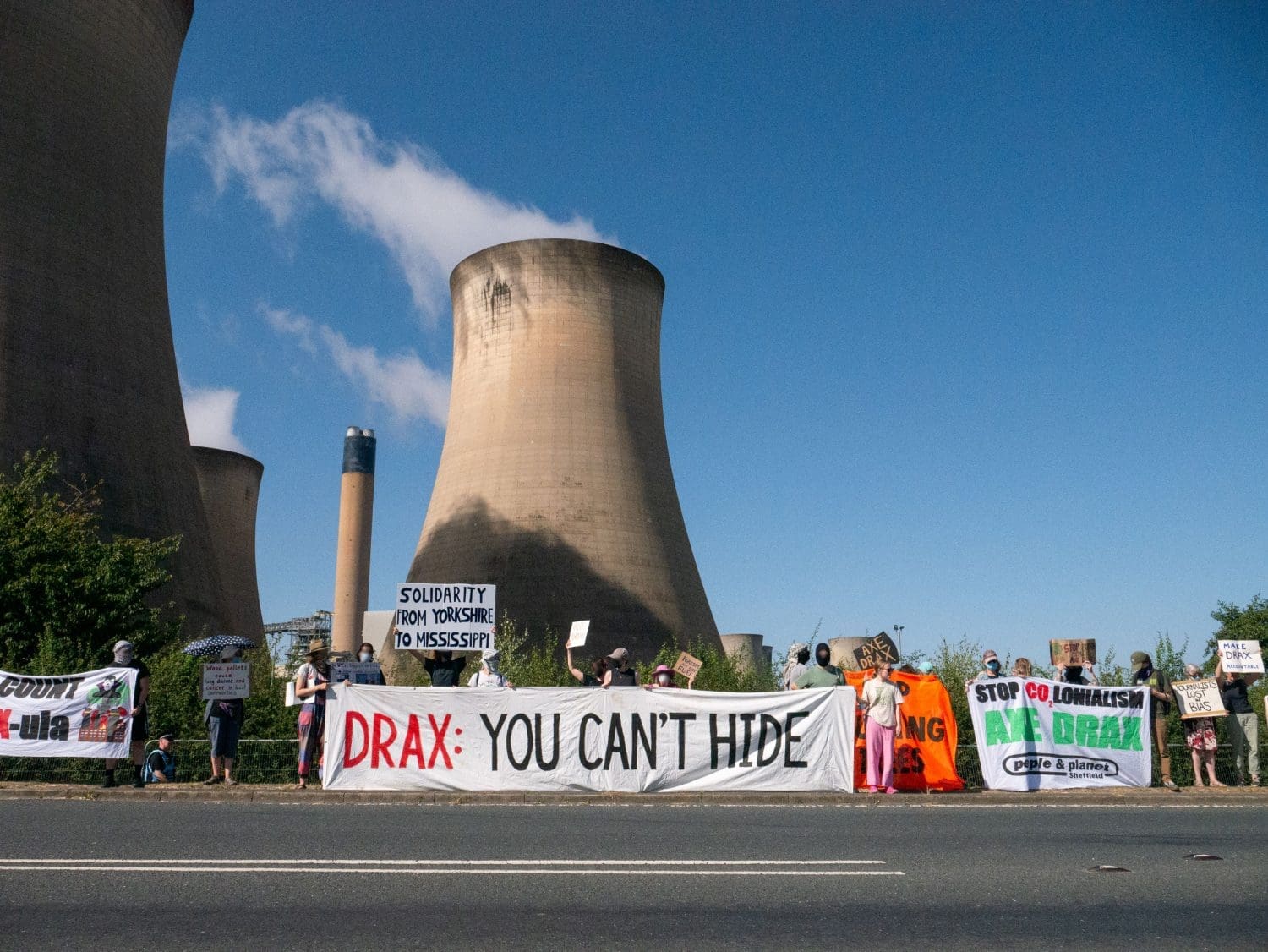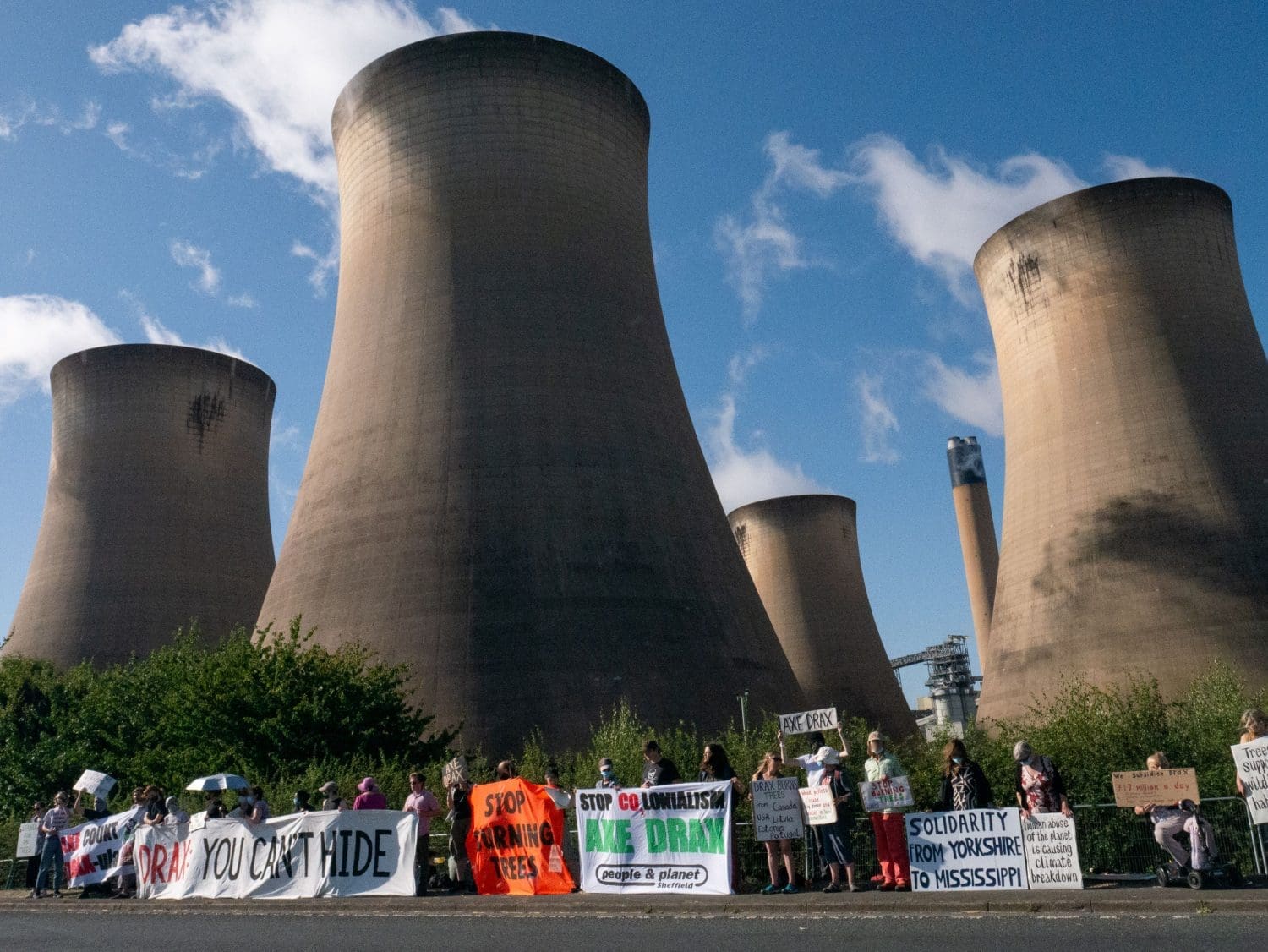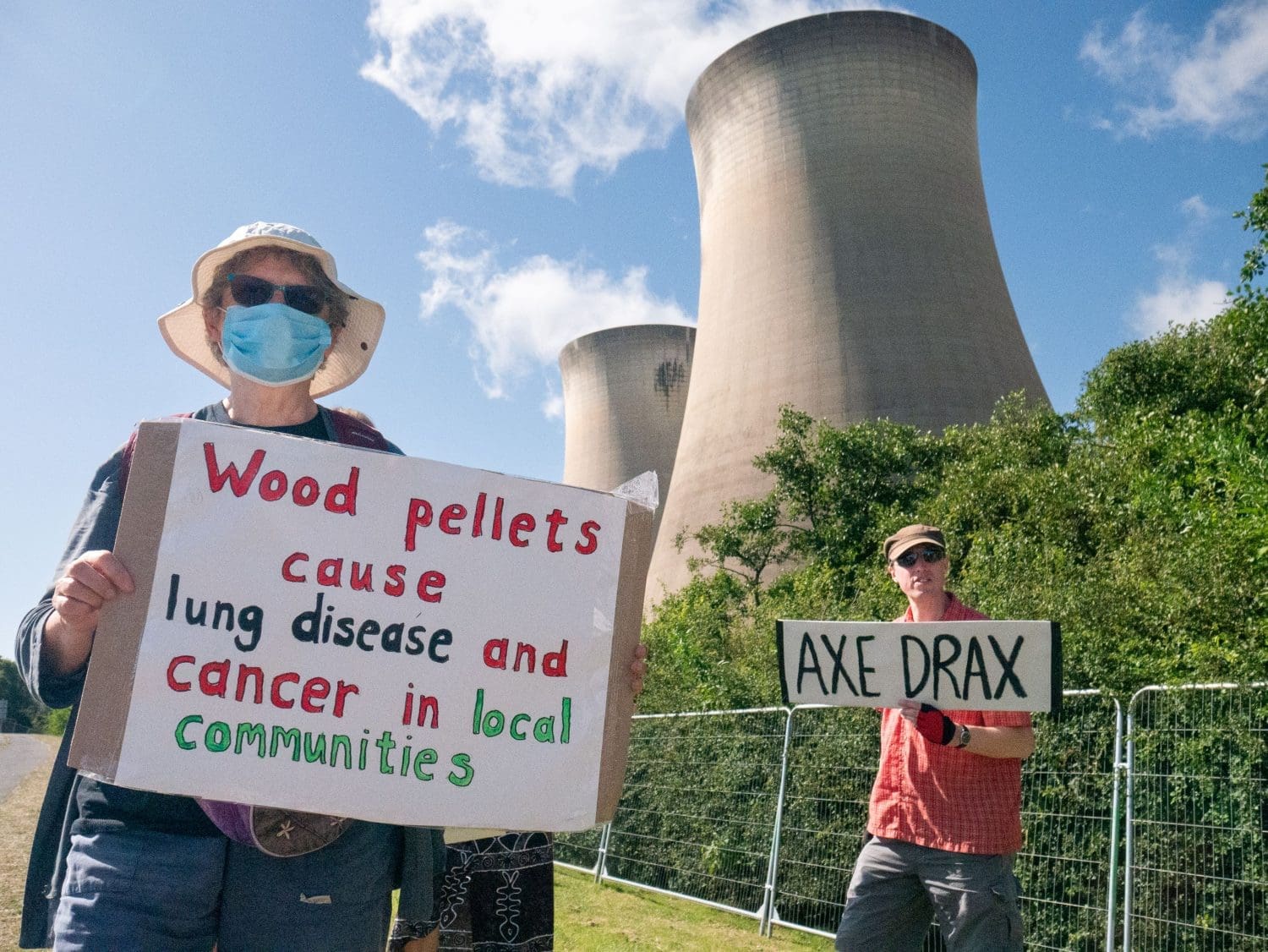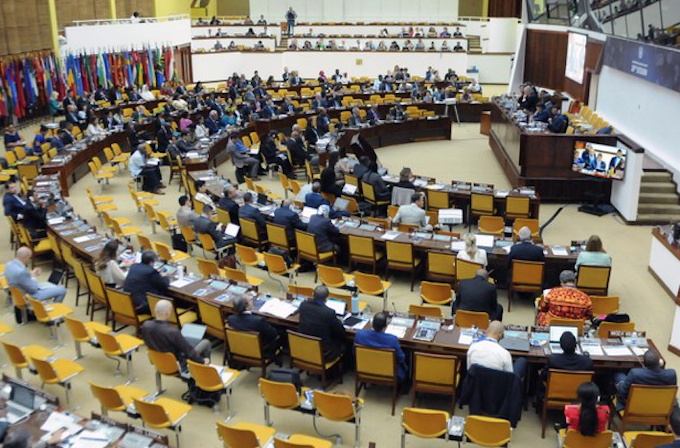The Labour Party’s transport secretary Louise Haigh has a cunning climate-crisis solution, to top all climate solutions. Buckle up – your chin that is, because you’re in for a ride. Haigh’s master plan: put the plebs on bikes to offset Labour’s capitalist chums flying out in business class from London City Airport’s swanky new flights.
That is, the day after she green-lit the London City Airport expansion, Haigh was peddling some cycling funding to tackle the climate crisis and health inequality. We know which mode of transport Starmer will be using most.
London City Airport expansion
On Monday 19 August, Haigh gave the green light to London City Airport’s expansion plans. Specifically, the new Labour government transport secretary approved:
- An increase from 6.5 million to nine million passengers.
- More early morning flights.c
It rejected the airport’s request for an extension on a Saturday afternoon curfew. It ensures that the airport doesn’t carry out operations after 12.30am. As such, this remains the case.
Of course, plenty have highlighted how the decision flies right in the face of the climate crisis:
The government’s decision today will result in millions of tonnes of greenhouse gas emissions, immediately wiping out the progress the new government made in its early decisions on renewable energy.https://t.co/W93Y58XyxY
— NEF (@NEF) August 19, 2024
NEW: Labour Government gives London City Airport expansion go-ahead
* No way does this represent climate leadership
* Is Labour continuing to fall for weak aviation industry arguments about growth & emissions?
* Meanwhile climate change threatens securityhttps://t.co/jBN5fWz5It— Doug Parr (@doug_parr) August 19, 2024
Notably, as the New Economics Foundation (NEF) has highlighted, it will mean the UK will pump out a further 230,000 tonnes of carbon-equivalent emissions a year, up to 2050. It’s why independent advisory body the Climate Change Committee had previously argued that the government shouldn’t approve any airport expansion proposals.
Of course, the shameless red Tories haven’t heeded this advice:
The new government has approved the expansion of London City Airport’s capacity from 6.5m to 9m passengers per year. Disappointing that it took Labour just 6 weeks in office to breach the advice of the Climate Change Committee – the advisory body Labour created in 2008.
— Alex Chapman (@chappersmk) August 19, 2024
18th July – @theCCCuk recommendeds an immediate halt to any airport expansion
19th August – @GOVUK approves the expansion of London City Airport
And here I thought we were in a #ClimateEmergency
pic.twitter.com/Y5S7PM4lCE
— Dr. Aaron Thierry (@ThierryAaron) August 20, 2024
But don’t worry, because: cycling!
So, following the hare-brained decision to bulldoze through Labour’s climate credentials, Haigh tried to peddle back.
Not on the airport decision, of course – but with what looked like a hasty public relations damage control stunt. Specifically, liberal lackey the Guardian carried the news that Labour would invest:
“unprecedented levels of funding” in cycling and walking as a critical part of plans to improve health and inequality
The puff piece gave over paragraphs to Haigh crooning over Labour’s national cycle network plans. Obviously, safer cycle paths for cyclists is largely a good thing. However, the announcement’s timing was a little on the nose. As was much of Haigh’s guff throughout. Unironically, or perhaps purposely hypocritically, she said:
We’re in a climate crisis. We’re in a public health crisis; getting people walking and cycling and moving more are essential to solving both of those in the immediate term and in the long term
That’s the very same climate crisis that London City Airport expansion will exacerbate then? The Guardian made a nice little aside that:
Almost three-quarters of trips in England are less than five miles.
In not an unrelated line of thinking: just three days ago, the outlet’s environment reporter Helena Horton revealed the NEF’s findings that passengers on the majority of London City Airport flights could make their journeys on a single train in under eight hours.
But then, let’s not forget private jet-setter Starmer flew from Wales to Scotland for a ‘clean energy’ campaign rally in May. He’d be a real hypocrite if he told his City mates not to fly. Gone are the days of a Labour leader rocking up on his bike.
Not to mention either that London City Airport’s inefficient planes are also MORE polluting:
Even though it’s much smaller, London City Airport has larger emissions than Heathrow and others because they use inefficient planes (lots of private jets), and they’re generally flying routes that could have easily been a train. Go first class Mr/Mrs Fancypants. https://t.co/UNIPmdlD04
— Phil Sturgeon (BlueSky/Threads @philsturgeon) (@philsturgeon) August 20, 2024
City capitalists over poorest London communities
However, Haigh and the Guardian didn’t dwell on the climate angle for too long. Instead, they boasted the benefits for tackling UK health inequalities:
There’s lots of evidence to show that will reduce the number of GP appointments by hundreds of thousands, if not millions, a year.
Apparently, not so much the extreme air pollution-worsened health inequalities of marginalised communities in London:
Does @UKLabour hate E & SE Londoners?
First, @MayorofLondon caved to the freight lobby on #SilvertownTunnel. Result: bad air
, CO2
.
Now, gov’t caves to City & private jet lobby to expand City Airport. Result: see above.
6.5m passengers -> 9m.https://t.co/Oxzn90YnmG
— Greenwich Greens (@GreenGreenwich) August 20, 2024
As the NEF has underscored:
London City airport’s location means that aircraft fly over dense urban areas as they approach and depart the airport, particularly in Newham, Lewisham, Tower Hamlets and Southwark. These areas are among the most deprived communities in the UK, as shown in the government’s Index of Multiple Deprivation (see map below).
In other words, Labour is pushing more air and noise pollution – and all the associated respiratory and other health impacts – onto people living in some of the most deprived parts of London.
Health inequalities for the poorest communities’ are evidently an afterthought. Especially when Labour’s business buddies need to nip on a quick flight to have meetings they could have held on Zoom, or likely, put in a WhatsApp instead. Because at the end of the day, the UK’s wealthiest, corporate city sell-outs are the airport’s frequent-flyers:
15% of people who fly frequently take 70% of all UK flights.
Half of the UK population don’t fly at all in any given year.
This is even more stark at London City Airport and this is the Labour Governments decision!?
And they pretended to care about the climate crisis. https://t.co/JMC3DQdNcF
— Zack Polanski (@ZackPolanski) August 19, 2024
The government’s decision today will result in millions of tonnes of greenhouse gas emissions, immediately wiping out the progress the new government made in its early decisions on renewable energy.https://t.co/W93Y58XyxY
— NEF (@NEF) August 19, 2024
‘It’s incredibly disappointing that the new government has allowed the expansion of this polluting, high-carbon project. London City airport’s expansion will benefit only the private jet users who fly into the airport.’ https://t.co/9Ij50U5VM3
— Tim Walker (@ThatTimWalker) August 20, 2024
Funny how the transport secretary didn’t tell the UK’s capitalist class jetting out of London’s central airport to get on their bikes. But then, when you have friends in high-flying places in the City, why would you do that?
Feature image via the Canary
This post was originally published on Canary.






 (@XRebellionUK)
(@XRebellionUK) 
 Reform democratic system of UK (@Paul_Briley)
Reform democratic system of UK (@Paul_Briley) 












 Customers under the Boil Water notice
Customers under the Boil Water notice 
 BREAKING: Fossil Free London disrupt
BREAKING: Fossil Free London disrupt